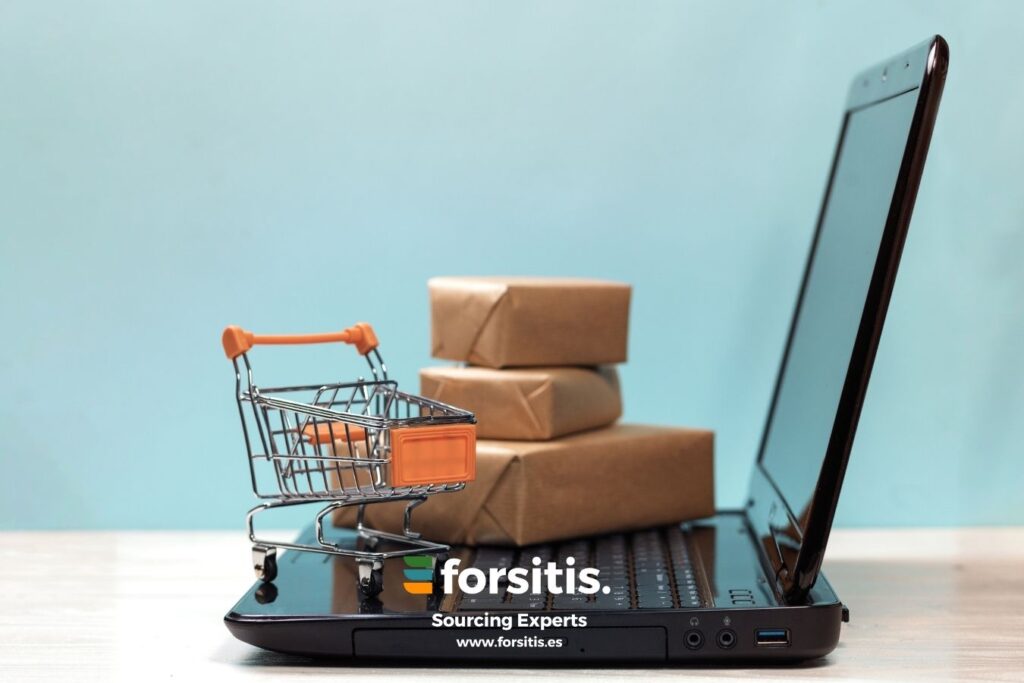In this post we will talk about direct and indirect costs, how they differ and examples to clearly identify them within your organization and be able to act on each type of cost.
A purchase or direct cost is the set of acquisitions of a company that are directly related to obtaining the product or service it offers.
An indirect purchase or cost: is all that expenditure made by the company to acquire materials and services that are not imputed to the production of the final product, but are necessary for the operation of the company: materials, services and maintenance necessary to operate and give continuity to a company.

WHAT IS A DIRECT COST OR EXPENSE?
Direct purchasing is the process by which materials that are used directly in the production of goods and services are acquired. For example, a restaurant owner will require items such as spices, raw meat, vegetables, etc., which fall under direct purchasing. On the other hand, indirect purchasing is different.
When we talk about direct spending we talk about costs that:
- Applies to a specific product.
- Is totally related to a single activity.
- Is proportional to the product
- Are easier to allocate and quantify.
In short, they are those expenses that are very clearly attributed to a product and that allow us to know its unit cost.
TYPES OF DIRECT COSTS
The most common types of direct purchases are:
- Raw materials: those materials that are part of a product. For example, to manufacture a ballpoint pen, we will need ink, plastic, etc. This cost is easily calculated per unit of production.
- Direct labor: We refer to the personnel who are directly related to the manufacture of the product during 100% of the time worked. Continuing with the previous example, it would correspond to the salary of the worker who is manufacturing pens.
- Other: Containers, transport units, packaging….
The expenses can be direct or indirect depending on the sector in which our company is located.

WHAT ARE INDIRECT COSTS?
Indirect purchasing is the process of acquiring items necessary for the daily operation of a company. These items are not directly part of the final product, but are essential to the business. For example, employee training, machines used in the manufacturing process, and office supplies are considered indirect costs.
The characteristics of indirect costs are:
- It does not apply to a specific product
- It affects several activities of the company
- It is part of the production process but is not physically incorporated into the final product.
- If you are interested in learning more about indirect costs and how to optimize them, this post will interest you.
TYPES OF INDIRECT EXPENSES
- The rent of our premises, warehouse or office.
- Depreciation of production equipment (machinery).
- Electricity, electricity, telephone, etc. bills.
- Other indirect materials to produce the product.
- If you need help to identify each of your direct and indirect costs, we recommend you to see our services in purchasing consulting and cost analysis.
Difference between direct and indirect costs
The same purchase or expense can be direct or indirect in two different companies. For example, in a bakery, telecommunications is an indirect purchase, but in a telephone company it is a direct purchase. In general, companies focus much more on controlling and managing the expenditure linked to the acquisition of goods or services that are directly involved in the manufacture of the final product, the so-called direct expenditure. But it is the indirect expense that can make the difference in the income statement.
Indirect spending exists and is just as important as spending more closely related to the business purchasing process…..
Companies often focus more on direct procurement because it is necessary to manage the supply chain and ensure that production goes as planned. It is easier to track direct procurement than indirect procurement. However, both are essential for a company to grow and continue to survive in a competitive market. Companies must track and ensure that they create the right strategies to maximize the Procurement functions; direct and indirect so that organizations can reduce costs and reach their full potential.
Both are equally essential to the operation of a company, and one cannot exist without the other.
Both are expenses, but they incur certain differences that allow us to understand and analyze them in more detail. Below we detail what direct and indirect purchases are.


